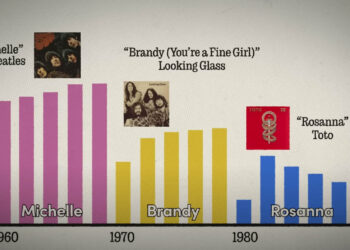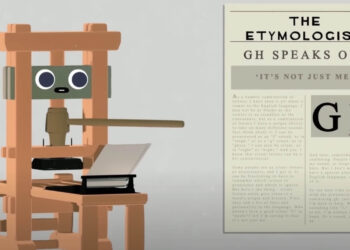
- Image via Wikipedia
Last week, two new video services highlighting university lectures and academic content debuted, propelling the medium forward in a dramatic fashion for learners everywhere.
The first is AcademicEarth.org, a site that collects videos from Berkeley, Stanford, MIT, Yale, Harvard, and Princeton, and presents them in a slick interface with excellent features.
A few days later, YouTube launched a new vertical, YouTube EDU, a site gathering together the educational videos on YouTube and showcasing professors and academic output in a smart and compelling manner.
Both sites make embedding videos easy, and everything is free for users.
It’s an amazing set of resources for students worldwide.
Given all that can be accessed at no cost, how does this change the value and purpose of a university education? In a recent article in SEED Magazine, Neil Gershenfeld wonders, “Is MIT Obsolete?”
His first observation is about the end of the scarcity model:
Today’s advanced research and education institutions are essential to tackling the grand challenges facing our planet, but they’ve been based on an implicit assumption of technological scarcity — advances in those technologies now allow these activities to expand far beyond the boundaries of a campus.
Given the advent of personal fabricators and the ability to create hotbeds of innovation anywhere on a shoestring budget, Gershenfeld wonders about the “specialness” of MIT:
The heart of MIT is its intellectual rather than physical infrastructure: a research culture that creates room for new ideas by emphasizing their evaluation through rapid reduction to practice, and by mixing short-term applications (both serious and silly) with long-term research. It’s much harder, however, to make room for new people by squeezing them into the same limited campus space.
He makes a compelling argument. And for universities without the culture and facilities to set them apart, these video sites are something else again. Now, college lectures are available to anyone, and in a form that allows for curricula to be followed, professors to be seen and experienced, and a classroom setting to be conveyed. The limitations of scarcity and synchrony dissolve.
Looking upon the media and constraints that education has worked within for the last few centuries, and the distribution systems that sustained them, it’s clear we’re in the midst of a revolution in communications and education unlike anything we’ve experienced as a culture.
What will it mean for the university? Will the contrast between education and degrees become starker? What does tuition buy, exactly?
What uncomfortable questions lie in the future for our hallowed halls of learning?
Discussion
4 Thoughts on "Fast-Forward for Scholarly Video"
“Thirty years from now big universities will be relics. Universities won’t survive. It is as large a change as when we first got the printed book.”
— Peter Drucker (from The Wall Street Journal, 2005)
Every few years, I get a sense of deja vu. With every new technology comes the prophesy of the death of higher education as we know it.
While Internet video is new, the notion of education at a distance is not. Since the early 1700s, it has gone by various names: correspondence education, distance education, distance learning, and others, see http://en.wikipedia.org/wiki/Distance_education
This type of education was facilitated by the technology of its day: reliable post, radio, television, video cassette, CD and DVD, and now streaming video.
What has not changed, however, is the believe that the university experience is merely a transfer of content — from the brain of the professor straight into the brain of the student — similar to a Vulcan mind-meld only much slower.
Until technology can emulate the university experience (and not limit itself with television-like episodes of favorite lectures), I don’t see Peter Drucker’s prophesy coming true. Education is much more than absorbing content.
Education-technology consultants have made a business denying this fact for hundreds of years.
As a counterpoint, I’ll reiterate a line from the post — I think that “we’re in the midst of a revolution in communications and education unlike anything we’ve experienced as a culture.” When I can carry the entire canon of Western literature on my hip, and watch a Harvard lecture about economics on the same device, something is fundamentally different.
This dialogue has themes in common with those on our newspapers and public libraries, which are both in crisis. They involve the communications revolution and perhaps also notions about values such as learning, democracy and the public good.
The global financial crisis is catalyzing developments that may have otherwise remained in a theoretical phase. Stuff is definitely happening. In a recent blog post “It’s not about the books” http://radicalpatron.blogspot.com/2009/03/its-not-about-books.html, I encourage library advocates to articulate their value-add and then adapt their institutions. Might be good advice for more than libraries…
![Reblog this post [with Zemanta]](http://img.zemanta.com/reblog_e.png?x-id=fab6bd25-5aa7-48b4-b277-a8937f4f1b80)


